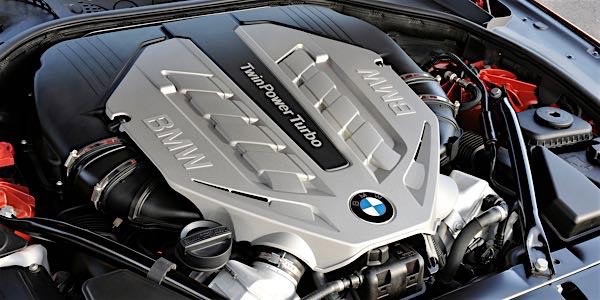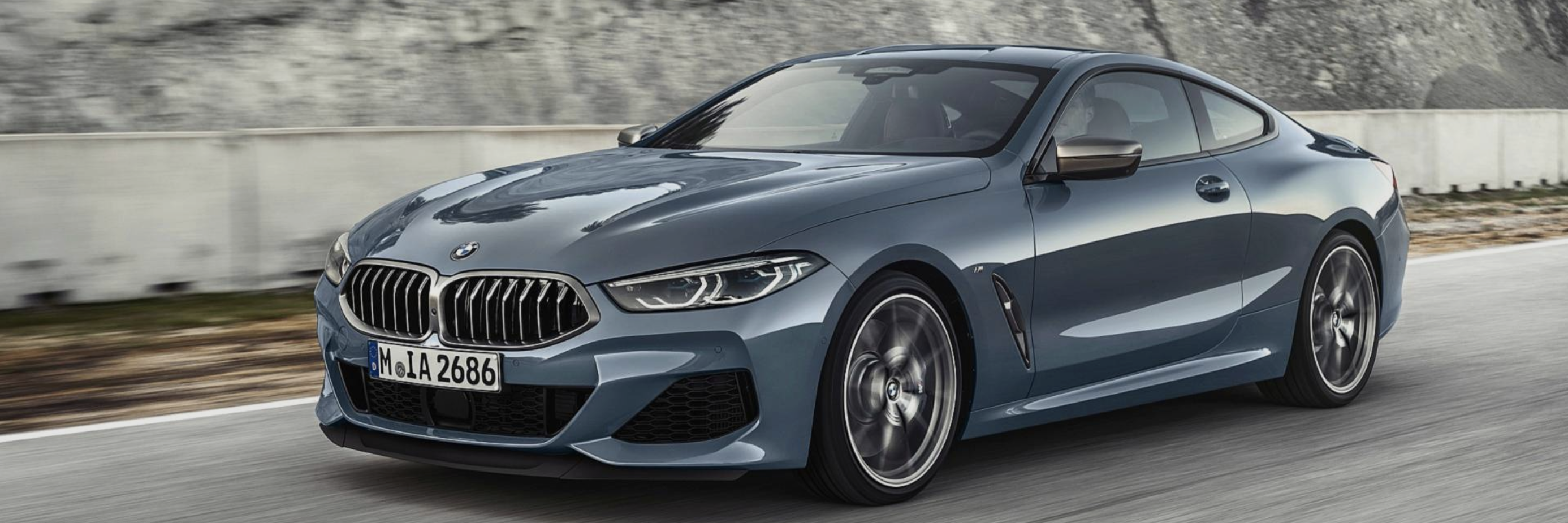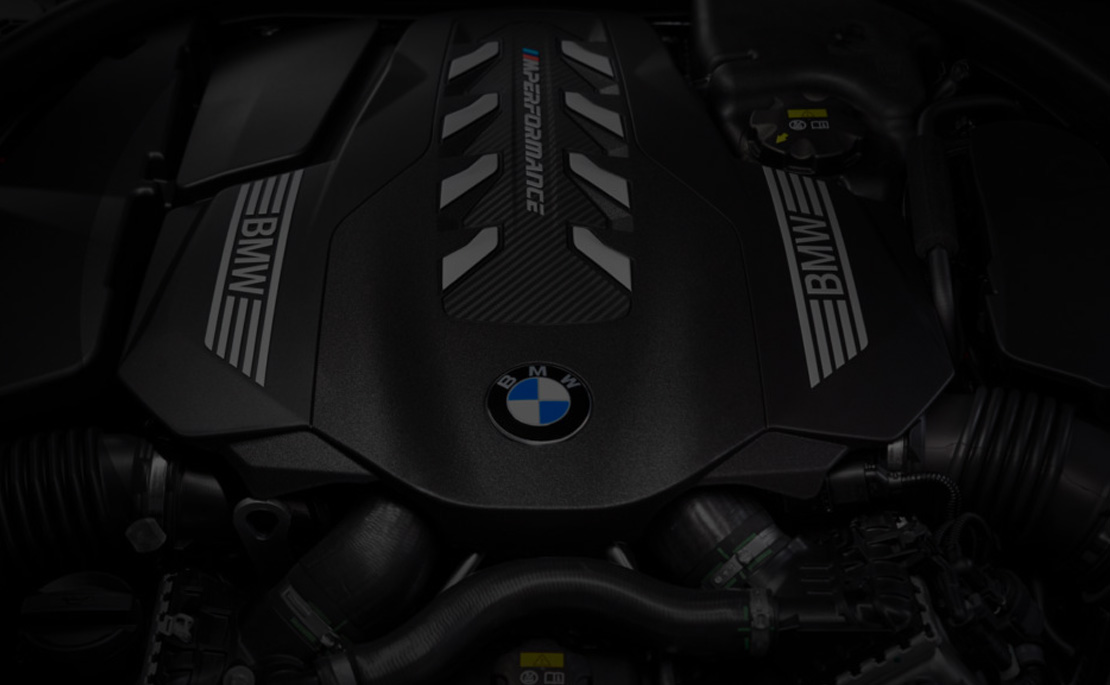BMW’s New V8 Engine Explained N63B44TU3
BMW V8 – Power and Performance
The BMW 8 coupe and BMW 8 Cabrio are built in factories Dingolfing (Germany) and Spartanburg (USA)  however V8 engines are built in a factory in Munich. A V8 engine is six and eight-cylinder of M models and twelve-cylinder from M760 and the Rolls Royces. BMW makes sure that its high-performing engines are built at the headquarters. These engines are built by “highly qualified specialists in an individual manufacturing process. BMW attaches importance to the V8 emotion when developing this engine. BMW adds more emotion by explaining that this engine builds on a V8 tradition that dates from classics such as the 502 and 507 from the 50s.
however V8 engines are built in a factory in Munich. A V8 engine is six and eight-cylinder of M models and twelve-cylinder from M760 and the Rolls Royces. BMW makes sure that its high-performing engines are built at the headquarters. These engines are built by “highly qualified specialists in an individual manufacturing process. BMW attaches importance to the V8 emotion when developing this engine. BMW adds more emotion by explaining that this engine builds on a V8 tradition that dates from classics such as the 502 and 507 from the 50s.
New Block
With more torque comes a higher combustion pressure. To resist that, BMW redesigned the engine block.
The cylinder walls are LDS coated. That stands for Lichtbogen Draht Spitzen. The new engine with Bosch MG1CS201 ECU uses a more ductile coating. It is more elastic, and therefore less susceptible to cracking. The pistons were given a graphite coating and the piston ring package was optimized. Special detail: after LDS coating, a piece of material is mechanically removed from the underside of the cylinder wall to give the connecting rods space.
BMW says that the connecting rods themselves are made from a stronger steel type than their predecessors. The crankshaft has also been adjusted and there is now a viscode damper on the front end. A new type has been used for the distribution chains: the tooth and bus chains. This limits the non-uniform movement that is caused by the chain run over a sprocket. This improves wear resistance and acoustics. Should replacement ever be necessary; these chains are more expensive.

Spark and Fuel
Before the injection pressure on the predecessor engines was 200 bar, bow this is increased to 350 bar because BMW wanted to make sure that exhaust gases are cleaner. There is an HD pump on both cylinder banks, which is driven by a cam on the exhaust camshaft. From there the fuel goes to a common rail, which supplies the multi-hole injectors. Of course, higher cylinder pressures required an update to the ignition system. BMW claims a 40 percent increase in ignition energy with a 30 percent higher voltage. The BMW promises that the spark will last more than 60,000 km.
A Brand New Turbo
 The valve control with Valvetronic and double Vanos allow a large throttle opening and a large internal EGR even under low loads but airflow remains large. Twin-scroll turbos are completely new. On the turbine side, they have an electrically controlled monoblock wastegate. This provides a more linear opening force so that the opening angle can be controlled more accurately.
The valve control with Valvetronic and double Vanos allow a large throttle opening and a large internal EGR even under low loads but airflow remains large. Twin-scroll turbos are completely new. On the turbine side, they have an electrically controlled monoblock wastegate. This provides a more linear opening force so that the opening angle can be controlled more accurately.
There is an electrically controlled bypass valve on the compressor side. That opens with engine braking. This keeps the turbo going better. After the turbos, both cylinder banks have their intercooler. The engines of the convertibles, coupes, and limousines have different air intake parts before the turbos than those in the SUVs. That has to do with space under the hood. What is special is that the SUV engines already go to the car factory with these parts. Not with the engines for the lower vehicles. These parts are mounted on the vehicle there.
Emissions
Directly behind the turbos, are both catalysts. The OPFs (Otto Particle Filter) are below the turbos. Because the exhaust gas temperature already rises to 590 ° C during WLTC, active regeneration of the OPFs is not necessary. If the exhaust gas temperature remains permanently too low due to prolonged driving in the city, the pressure sensors behind the catalytic converters sound the alarm and the engine starts to inject more and ignite later. The soot burns when the gas is released and the engine brakes. In connection with NOx emissions, BMW does not use “poor mixture regeneration“. The amazing part about this engine is that even with this 530 hp V8, the M850i xDrive Cabriolet simply meets the strictest Euro 6d-temp emission standard!
Beast Power
In 1954, luxury V8 generated 70 kW. The latest V8 makes it up to 390 kW. This comparison is not entirely fair. The old lady had to make do with 2.6 instead of 4.4 liters. And without turbos, without DI, without Valvetronic on the inlet valves and double Vanos variable valve timing.
Bosch MG1CS201 ECU Tuning Files
Our team developed powerful tuning files for the V8 engine with Mg1CS201 ECU. Right now you can get tuning files that will increase the horsepower to up to 679 hp & 849 Nm for the BMW M850i X-Drive (GC G16) and will add 150hp & 100Nm to the BMW 8 M850i (Serie G14/G15) which will give a result of having 680 hp & 850 Nm under the hood of this amazing vehicle..





